MCAST COVID-19
Information Page
The health and safety of our community is our top priority. We know that many people are understandably concerned about the current pandemic situation. MCAST is taking increased health and safety measures to address these concerns while ensuring that learning can continue. As the situation continues to develop, please stay updated by visiting mcast.edu.mt/covid19 for the latest information. You can also visit the circulars section for all the official messages sent to staff and students.
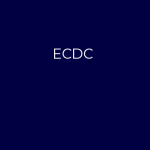
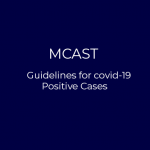


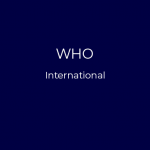


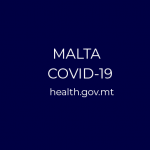

- Communicable disease threats report, 13-19 December 2025, week 51by ECDC on December 19, 2025 at 1:56 pm
This issue of the ECDC Communicable Disease Threats Report (CDTR) covers the period 13-19 December 2025 and includes updates on respiratory virus epidemiology, SARS-CoV-2 variants, mpox, leprosy, Marburg virus disease, dengue, and chikungunya.
- From crisis to preparedness: Lessons for Europe’s public health laboratoriesby ECDC on December 17, 2025 at 8:31 am
A study published today shows how public health laboratories can become more resilient against future respiratory infectious diseases. The findings call for sustained capacity, better coordination and EU-level support.
- Preparedness of public health laboratories for respiratory infectious diseases – EU/EEA country perspectives on lessons learned from the COVID-19 pandemicby ECDC on December 17, 2025 at 8:31 am
The purpose of this study was to provide evidence on how to help public health laboratories be better prepared and more resilient to future public health challenges related to respiratory infectious diseases.
- Multi-model analysis to quantify the impact of vaccination on COVID-19 and influenza hospitalisation burden among older adults in the EU/EEA, 2024/25by ECDC on December 16, 2025 at 3:07 pm
Influenza vaccine coverage remains below the WHO-recommended threshold for risk groups in most EU/EEA countries, while COVID-19 vaccine coverage is declining across most countries.
- Reporting Protocol for integrated respiratory virus surveillanceby ECDC on December 16, 2025 at 10:32 am
This Reporting Protocol describes data collection for influenza, COVID-19, and other respiratory viruses (such as RSV or new viruses of public health concern) in the EU/EEA and wider WHO European Region. Data collection is integrated for most datasets in line with the operational considerations for respiratory virus surveillance in Europe.
News (English) - World Health Organization Corporate news releases, statements, and notes for media issued by the World Health Organization.
- WHO Global Summit charts a bold future for traditional medicineon December 22, 2025 at 5:50 pm
The second WHO Global Summit on Traditional Medicine, jointly organized with the Government of India, concluded today in New Delhi, marking a major milestone for global health as it drew over 16 000 online registrations and brought together 800 delegates from more than 100 countries, including ministers from over 20 nations. Combined with a strong line up of 160 speakers, the global traditional medicine community shared insights on how traditional medicine (TM) can strengthen health systems with more safe, evidence-based, and affordable care. The energy in Delhi was palpable as ministers, scientists, Indigenous leaders, and practitioners came together to advance the WHO Global Traditional Medicine Strategy 2025–2034. The Summit was not just about dialogue – it was about action. WHO unveiled the Traditional Medicine Global Library, a first-of-its-kind digital platform consolidating 1.6 million resources on TM, from scientific studies to Indigenous knowledge. With advanced features like Evidence Gap Maps and an AI-powered tool, TMGL GPT, the Library promises to transform access to trusted information and accelerate research worldwide. Innovation took centre stage with the launch of Health & Heritage Innovations (H2I), an initiative to nurture breakthrough ideas that bridge traditional practices with cutting-edge technologies such as AI, genomics, and digital health. From over 1000 submissions, 21 finalists were announced at the Summit and will enter a year-long acceleration programme to refine prototypes, receive scientific and regulatory guidance, and connect with policy-makers and investors. WHO also announced the Strategic and Technical Advisory Group on Traditional, Complementary and Integrative Medicine (STAG-TM), a new advisory body to guide the Global Strategy. Comprised of 19 independent experts, STAG-TM will shape research priorities, develop standards, and advise on integration into health systems. At its inaugural meeting during the Summit, the group set urgent priorities: evidence generation, preservation of traditional knowledge, digital innovation, and capacity building. Countries rallied behind the Delhi Declaration, with commitments from 26 Member States, signaling a new era for traditional medicine. This collective pledge focuses on integrating traditional medicine into primary health care, strengthening regulation and safety standards, investing in research, and building interoperable data systems to track outcomes. It’s a shift from recognition to results – ensuring traditional medicine is not a parallel system but a driver of universal health coverage. “Through the Delhi Commitment, countries have agreed not only on why traditional medicine matters – but on how to act,” said Dr Tedros Adhanom Ghebreyesus, WHO Director-General. “Traditional medicine can help to address many of the threats to health of our modern world: the growing burden of noncommunicable diseases; inequitable access to health services; and climate change. It can help to support care that is person-centred, culturally grounded, and holistic.” Looking ahead, WHO will work with Member States to turn these commitments into reality– scaling access to trusted knowledge, accelerating innovation, and embedding TM into health systems everywhere. The Global Traditional Medicine Strategy 2025–2034 charts a bold course toward a future where care is more inclusive, culturally grounded, and resilient.
- UN agencies welcome news that famine has been pushed back in the Gaza Strip, but warn fragile gains could be reversed without increased and sustained supporton December 19, 2025 at 4:56 pm
The latest Integrated Food Security Phase Classification (IPC) analysis for Gaza confirms that no areas of the Strip are currently classified in famine following the October ceasefire and improved humanitarian and commercial access.
- WHO validates Brazil for eliminating mother-to-child transmission of HIVon December 18, 2025 at 3:43 pm
The World Health Organization (WHO) has validated Brazil for the elimination of mother-to-child transmission (EMTCT) of HIV, making it the most populous country in the Americas to achieve this historic milestone. This accomplishment reflects Brazil’s long-standing commitment to universal and free access to health services through its Unified Health System (SUS), anchored in a strong primary health-care system and respect for human rights.“Eliminating mother-to-child transmission of HIV is a major public health achievement for any country, especially for a country as large and complex as Brazil,” said Dr Tedros Adhanom Ghebreyesus, WHO Director-General. “Brazil has shown that with sustained political commitment and equitable access to quality health services, every country can ensure that every child is born free of HIV and every mother receives the care she deserves.”The milestone was marked during a ceremony in Brasília, attended by President Luiz Inácio Lula da Silva, Brazil’s Minister of Health Alexandre Padilha, and the Director of the Pan American Health Organization (PAHO) Dr Jarbas Barbosa, along with representatives from UNAIDS.Meeting validation criteriaBrazil met all the criteria for EMTCT validation, including reducing vertical transmission of HIV to below 2% and achieving over 95% coverage for prenatal care, routine HIV testing, and timely treatment for pregnant women living with HIV. In addition to meeting the targets of the validation, Brazil demonstrated the delivery of quality services for mothers and their infants, robust data and laboratory systems, and a strong commitment to human rights, gender equality and community engagement.The country implemented a progressive, subnational approach by first certifying states and municipalities with over 100 000 inhabitants, adapting the PAHO/WHO validation methodology to its national context while maintaining coherence across the country.The evaluation, supported by PAHO, was conducted by independent experts who reviewed data, documentation, and health facility operations. Findings were then assessed by WHO’s Global Validation Advisory Committee, which formally recommended Brazil’s validation for elimination.“This achievement shows that eliminating vertical transmission of HIV is possible when pregnant women know their HIV status, receive timely treatment, and have access to maternal health services and safe delivery,” said Dr Jarbas Barbosa, Director of PAHO. “It is also the result of the tireless dedication of thousands of health professionals, community health workers, and civil society organizations. Every day, they sustain the continuity of care, identify obstacles, and work to overcome them, ensuring that even the most vulnerable populations can access essential health services."Part of a broader initiativeOver the past decade (2015-2024), more than 50 000 pediatric HIV infections have been averted in the Region of the Americas as a result of the implementation of the initiative to eliminate mother-to-child transmission of HIV.Brazil’s success is part of the broader EMTCT Plus Initiative, which seeks to eliminate mother-to-child transmission of HIV, syphilis, hepatitis B, and congenital Chagas, in collaboration with UNICEF and UNAIDS. It is embedded within PAHO’s Elimination Initiative, a regional effort to eliminate more than 30 communicable diseases and related conditions in the Americas by 2030."I am delighted that Brazil has just been certified by WHO/PAHO for eliminating vertical transmission – the first country of more than 100 million people to do so,” said Winnie Byanyima, UNAIDS Executive Director. “And they did it by doing what we know works –prioritizing universal health care, tackling the social determinants that drive the epidemic, protecting human rights, and even – when necessary – breaking monopolies to secure access to medicines."Global contextBrazil is one of 19 countries and territories worldwide that have been validated by WHO for EMTCT. Twelve of these are in the Region of the Americas. In 2015, Cuba became the first country in the world to be validated for EMTCT of HIV and the elimination of congenital syphilis. Other countries in the Region include Anguilla, Antigua and Barbuda, Bermuda, Cayman Islands, Montserrat, and Saint Kitts and Nevis in 2017; Dominica in 2020; Belize in 2023; and Jamaica and Saint Vincent and the Grenadines in 2024.Outside the Americas, countries validated for EMTCT of HIV include Armenia, Belarus, Malaysia, Maldives, Oman, Sri Lanka, and Thailand.
- WHO hosts the second Global Summit to advance evidence, integration and innovation for traditional medicineon December 17, 2025 at 8:09 am
The World Health Organization (WHO)’s Second Global Summit on Traditional Medicine, jointly organized with the Government of India, opens today, bringing together government ministers, scientists, Indigenous leaders, and practitioners from more than 100 countries. The Summit is expected to announce major scientific initiatives and new commitments aimed at advancing the implementation of the WHO Global Traditional Medicine Strategy 2025–2034, centred on stronger evidence, better regulation, systems integration, collaboration and community engagement. Traditional medicine (TM) encompasses codified and non-codified systems that predate biomedicine and have continued to evolve for contemporary use. For many, TM remains the main source of health care—locally accessible, affordable and bio-culturally aligned—and for many more, it is a preferred, personalized and more natural health option. Nearly 90% of WHO Member States (170 out of 194) report that 40–90% of their populations use TM.“WHO is committed to uniting the wisdom of millennia with the power of modern science and technology to realise the vision of health for all,” said Dr Tedros Adhanom Ghebreyesus, WHO Director-General. “By engaging responsibly, ethically, and equitably, and by harnessing innovation from AI to genomics, we can unlock the potential of traditional medicine to deliver safer, smarter, and more sustainable health solutions for every community and for our planet.”Strengthening evidence, regulation and integration of TM into health systemsIn a world facing increasing challenges to health systems, nearly half of the global population – 4.6 billion – lack access to essential health services, while a quarter – over 2 billion people – experience financial hardship to access health care. Integrating TM into health systems is critical to expanding access and choice to affordable, people-centred health care and advancing UHC, ensuring everyone can receive health care they need without financial strain.Emerging evidence indicates that integrating TM into health systems can deliver cost efficiencies and improve health outcomes. Such integration emphasizes prevention and health promotion, contributing to broader health benefits such as more appropriate use of antibiotics.Achieving effective integration requires robust science, global standards for quality and safety, and strong regulatory mechanisms. “We need to apply the same scientific rigour to the assessment and validation of biomedicine and traditional medicines, while respecting biodiversity, cultural specificities and ethical principles,” said Dr Sylvie Briand, WHO Chief Scientist. “Stronger collaborations and frontier technologies – such as AI, genomics, systems biology, neurosciences and advanced data analytics – can transform how we study and apply traditional medicine.”Advancing innovation, investment and sustainable benefitsTM underpins fast-growing global industries, such as herbal medicines. All TM formulations, and more than half of biomedical pharmaceuticals, originate from natural resources, which remain a vital source for new drug discovery. Indigenous Peoples safeguard around 40% of the world’s biodiversity while representing just 6% of the global population. Advancing TM requires addressing Indigenous rights, fair trade, and benefit-sharing considerations.Despite TM’s widespread use and vital role in stewarding natural resources for health and well-being, less than 1% of global health research funding is dedicated to TM. To help close the knowledge and research gaps, WHO is launching the Traditional Medicine Global Library, the first of its kind, featuring more than 1.6 million scientific records spanning research, policies, regulations and thematic collections on diverse TM applications. Developed in response to calls by Heads of State during G20 and BRICS meetings in 2023, the Library also provides equitable online access to peer-reviewed content for institutions in lower-income countries through the Research4Life initiative. It also supports countries in documenting TM with intellectual property protections and in building scientific capacity to drive innovation. “Advancing traditional medicine is an evidence-based, ethical and environmental imperative,” said Dr Shyama Kuruvilla, Director a.i. of WHO’s Global Traditional Medicine Centre. “The Global Summit fosters the conditions and collaborations required for TM to contribute at scale to the flourishing of all people and the planet.”The Summit (17–19 December 2025, New Delhi) will also announce new commitments from governments and other stakeholders, alongside a call for a global consortium to address systemic gaps and accelerate implementation of the Global TM Strategy at scale.
- World leaders adopt a historic global declaration on noncommunicable diseases and mental healthon December 16, 2025 at 8:06 am
Leaders from across the world at the Eightieth United Nations General Assembly (UNGA) have adopted the political declaration to combat noncommunicable diseases (NCDs) and mental health challenges through a fully integrated approach. This is the outcome of the intergovernmental negotiations in advance of and considered by the fourth high-level meeting of the UNGA on the prevention and control of NCDs and the promotion of mental health and well-being, held on 25 September 2025.


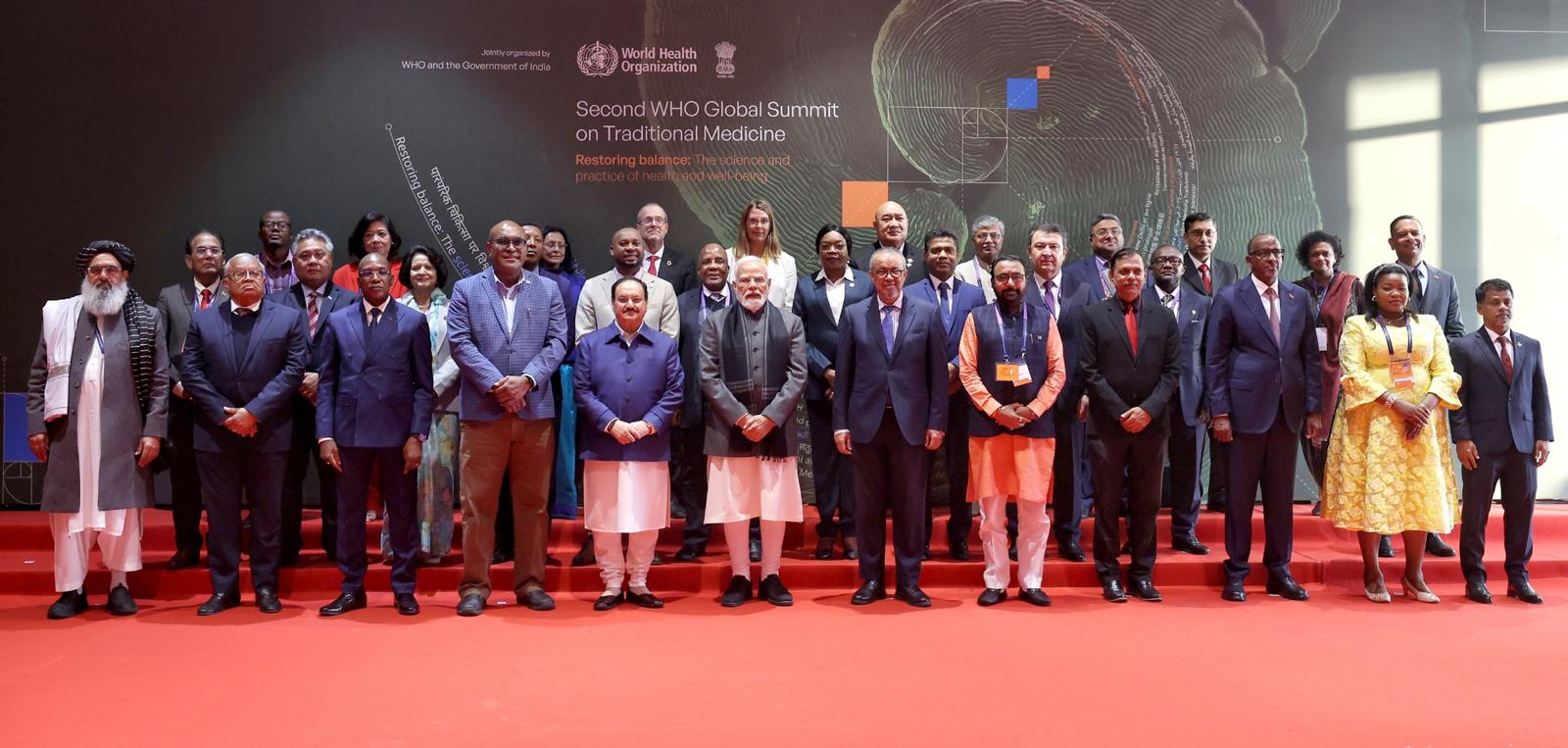






 MCAST Main Campus
MCAST Main Campus  +356 2398 7100
+356 2398 7100
 information@mcast.edu.mt
information@mcast.edu.mt